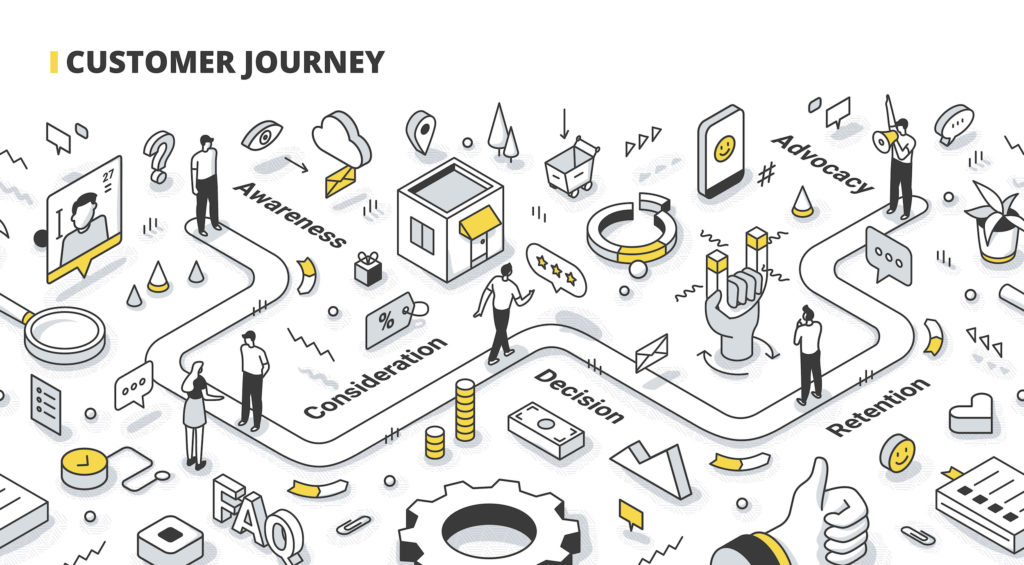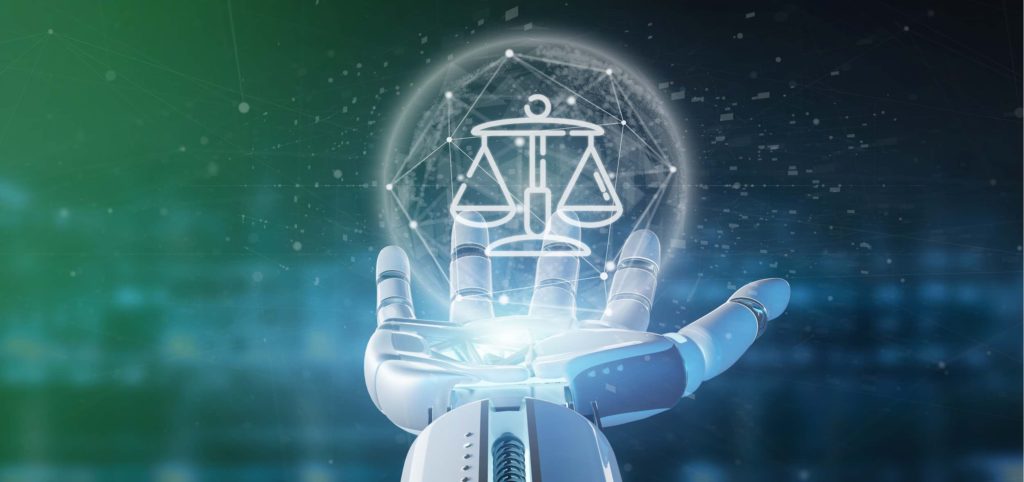Technical Perspectives
Technology refers to industrial, practical, or mechanical arts and applied sciences that are deployed to deliver a particular solution. The Technical Perspective provides a good, comprehensive picture of the system at an appropriate level of abstraction, appropriate for the objective of the modeling, and the size of the system being modeled.

The Technical Perspective defines the views of the system using models, processes, and other constructs of that particular technology. The various models used by the technology show how people (or other technical entities) interact with processes at various locations within the system. These technology models recognize a limited set of other technical entities and the things they handle and use. The models also show how these different aspects and things must statically and/or dynamically relate to one another, to produce the desired results. Technology models place emphasis on the structures, conditions, and interaction of entities, roles, locations, and processes and often rely on a specific modeling language (e.g. UML, BPMN) to capture the model. Specific technologies are identified (e.g., Computational aspects, such as storage, computers, and communications), where necessary to describe a solution with specificity. A design pattern for the usage of particular technologies may also be identified or defined.
Taken together, the technical events (and rules), technical roles, technical entities, technical activities, and technical locations describe the system’s elements from a technical perspective. The technical perspective describes the process, or method, explaining how a specific result is to be achieved. The effectiveness of solutions developed from technical perspectives are often evaluated in terms of their efficiency, or resource utilization (e.g., energy consumption, throughput).
Business Perspectives
The Business Perspective defines the business level view of the problem using the resources available to the business and the tools available to the business to achieve its commercial objectives. While there are many corporate stakeholders, for most businesses, their commercial objectives include profitability from their transactions with clients or customers; efficiency in internal operations, and supplier interactions; minimization of regulatory oversight costs; and strategic positioning for advantage against competitors. The business perspective shows clients’ (and employees’) interaction with business processes and resources at various locations within the business.

The business perspective and technical perspective can address the same problem domain at different abstraction levels. The business perspective may focus on the level of a sales process with offers, and other marketing activities to influence or build a relationship with the client, resulting in a contract, followed by service delivery, while a technical perspective may focus on more detailed technical systems and entities (e.g., messages, protocols, databases, etc.) that might implement or support a business process like a sales transaction.
A business perspective can assume a particular business model; or consider an alternative business model or business practice. A business model may be impacted by the scale of responsibility of a particular business manager. The effectiveness of solutions and decisions developed from a business perspective is usually measured with accounting metrics and market or economic statistics.
Legal Perspectives
A legal perspective is relating to or characteristic of the law or the profession of law; and analyses the problem in terms that are recognized, enforceable, or having a remedy at law rather than in equity. There are three essential components to a legal perspective – (1) the identification of the client, (2) the legal right, obligation, or risk, at issue within the circumstances of the problem and, (3) the posture of the client with respect to that legal issue (e.g., defensive vs offensive) i.e., the client’s objectives.

The purpose and goals of the law as an instrument of public policies for society at large, provide a context for the legal perspective. Different theories of law can be used by lawyers to define, explain, compare, and distinguish the facts and circumstances of particular controversies in their clients’ favor. For lawyers in private practice, clients may be individuals or other legal entities (e.g., corporations). Lawyers in administrative or judicial government roles may be representing those governmental organizations. Focusing on their clients’ potential for legal issues and outcomes enables the legal perspective to avoid some of the concerns of other parties’ views.
The narrative of a particular problem statement or situation may involve multiple legal issues, claims, rights, obligations, or risks at issue. The nature and likelihood of legal risks to business operations or other situations can be difficult to predict with certainty at any given moment as it involves some estimation of the likelihood of events occurring and the severity of the impact should the events occur, as well as the interpretations of those events that may be constructed by others (e.g., a court).
The client’s posture (with respect to, and awareness of, particular legal issues, and possible legal remedies) may change between the moment of a particular incident and upon later reflection and other considerations. The clients’ range of acceptable goals, and the likelihood of achievement, also impacts the legal posture to be adopted.
Triangulating the Problem Statement and Innovation Potential
Framing and reframing perspectives on problems highlights the differences between different perspectives. The contrast achieved by describing a problem statement from these three different perspectives enables insight into opportunities for new innovation. A common innovation pattern is for technology innovation to enable new business services or practices which are then reinforced by reducing legal risks through experience and authoritative legal decisions that then enable further technology innovation in a reinforcing cycle. While this is a common innovation pattern, disruptive innovation is not restricted to technology. Innovations in business practices or legal concepts may also provide significant opportunities.
When developing the problem statement for your client, understanding the technical, business and legal perspectives can impact the scope of the desired future state as well as constraints on viable solutions. If you are developing client problem statements, you might be interested in our free Guide to Writing Problem Statements.
Everyone has Client’s problems that they need to solve, but are they solving the right problem? Are you solving your best problem? Whether you are a researcher, business professional or social entrepreneur, the solutions you develop to the problems that you face matter! We’d like to hear your view of the most important challenges in writing problem statements for your clients. We have a brief survey on the most important challenges that should take less than 2 minutes to complete. The survey tackles less than 2 minutes, and you can get started right away by going to this link. I look forward to sharing these insights and resources with you.
A course on the use of perspective to refine problem statements is now available.
If you need help bringing the power of perspective to your client’s problem statement, contact me.








